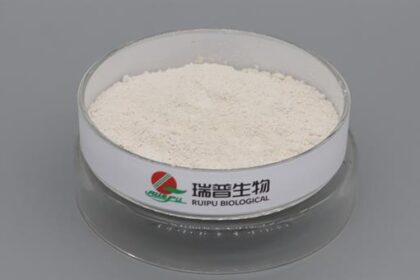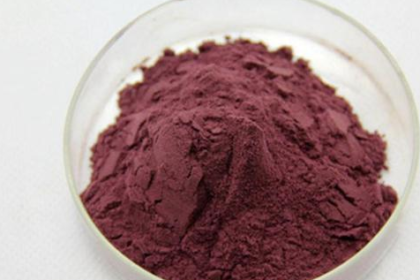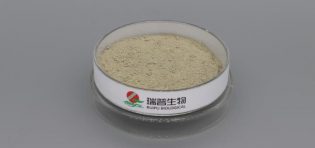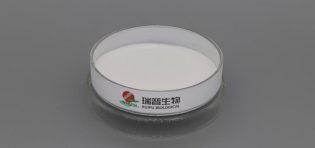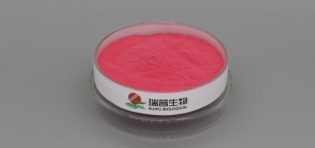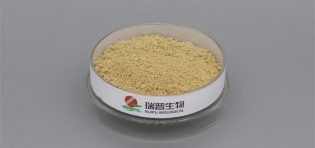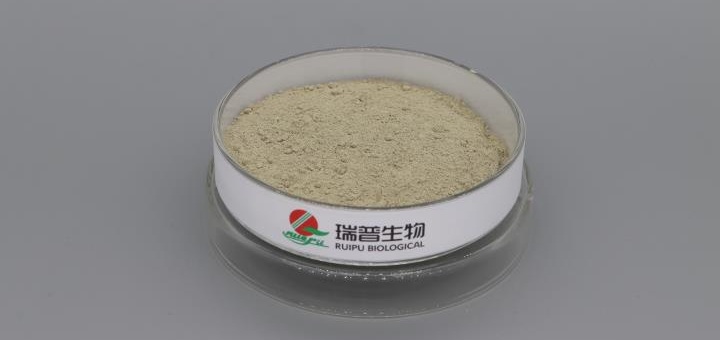
Ferrous Gluconate, as a commonly used iron nutritional fortifier and food additive, is regulated by numerous international standards and regulations, which are specified as follows:
JECFA-related Regulations
The Joint FAO/WHO Expert Committee on Food Additives (JECFA) has conducted detailed safety evaluations and established technical specifications for ferrous gluconate.
In 1975, JECFA first approved its use as a food additive and determined that no acceptable daily intake (ADI) was required at that time.
In 1983, JECFA set a provisional maximum tolerable daily intake (PMTDI) of 0.8 mg/kg body weight, specifying that iron from ferrous gluconate should be included in the total iron intake from all sources, which must not exceed this PMTDI.
In 1999, JECFA revised its quality specifications, detailing the identification methods for ferrous gluconate and the determination methods for loss on drying, reducing sugars, ferric salts, lead, and ferrous gluconate content.
Codex Alimentarius Standards (CODEX)
The General Standard for Food Additives (CODEX STAN 192-1995) classifies ferrous gluconate as a color retention agent (INS 579) and permits its use in vegetables (including mushrooms, edible fungi, root vegetables, legumes, aloe) and seaweed preserved in vinegar, oil, brine, or soy sauce, with a maximum usage level of 150 mg/kg.
The Codex Alimentarius Commission standard CAC/CL 10-1979 allows ferrous gluconate to be used as a nutrient supplement in special dietary foods for infants and young children. Specific dosages refer to CAC product standards for infant special dietary foods. For example, Codex Stan 72-1981 (revised 2015) (Standard for Infant Formula and Special Medical Purpose Infant Formula) specifies the permissible iron addition levels, with ferrous gluconate added based on its iron content.
U.S. Regulatory Standards
In 1984, the U.S. Food and Drug Administration (FDA) approved ferrous gluconate for safe use in coloring ripe olives under conditions consistent with current Good Manufacturing Practices (GMP).
In 1988, ferrous gluconate was included in the list of substances generally recognized as safe (GRAS) for direct addition to food. According to 21 CFR § 184.1 (b)(1), it can be used as a nutritional supplement with no restrictions other than compliance with current GMP.
Product specifications for ferrous gluconate in the U.S. reference the Food Chemicals Codex (FCC) and United States Pharmacopeia (USP). For example, FCC VIII specifies key technical indicators and their testing methods, while USP regulates content requirements for dosage forms such as ferrous gluconate capsules and oral solutions. USP 36, for instance, stipulates that the ferrous gluconate content in capsules should be 93.0%-107.0% of the labeled amount.
Chinese Standards
China implements GB 1903.10-2015 (National Food Safety Standard for Food Nutritional Fortifier: Ferrous Gluconate), which specifies that the content of ferrous gluconate (on a dry basis) should be 97.0%-102.0% and sets limits for indicators such as sulfates, ferric iron, and total arsenic. Additionally, GB 2760 (National Food Safety Standard for the Use of Food Additives) and GB 14880 (National Food Safety Standard for the Use of Food Nutritional Fortifiers) regulate the scope of application and dosage of ferrous gluconate in food.


